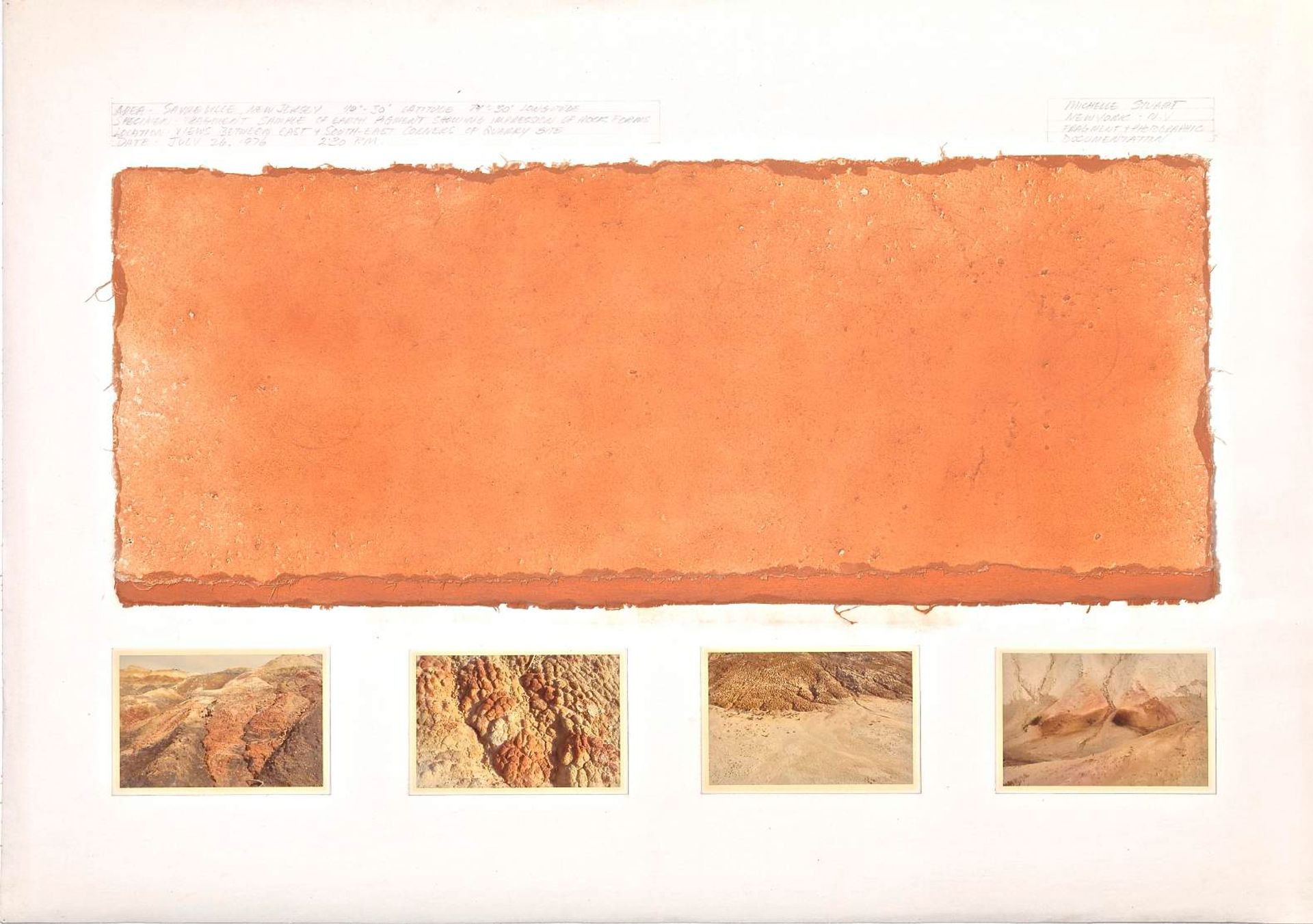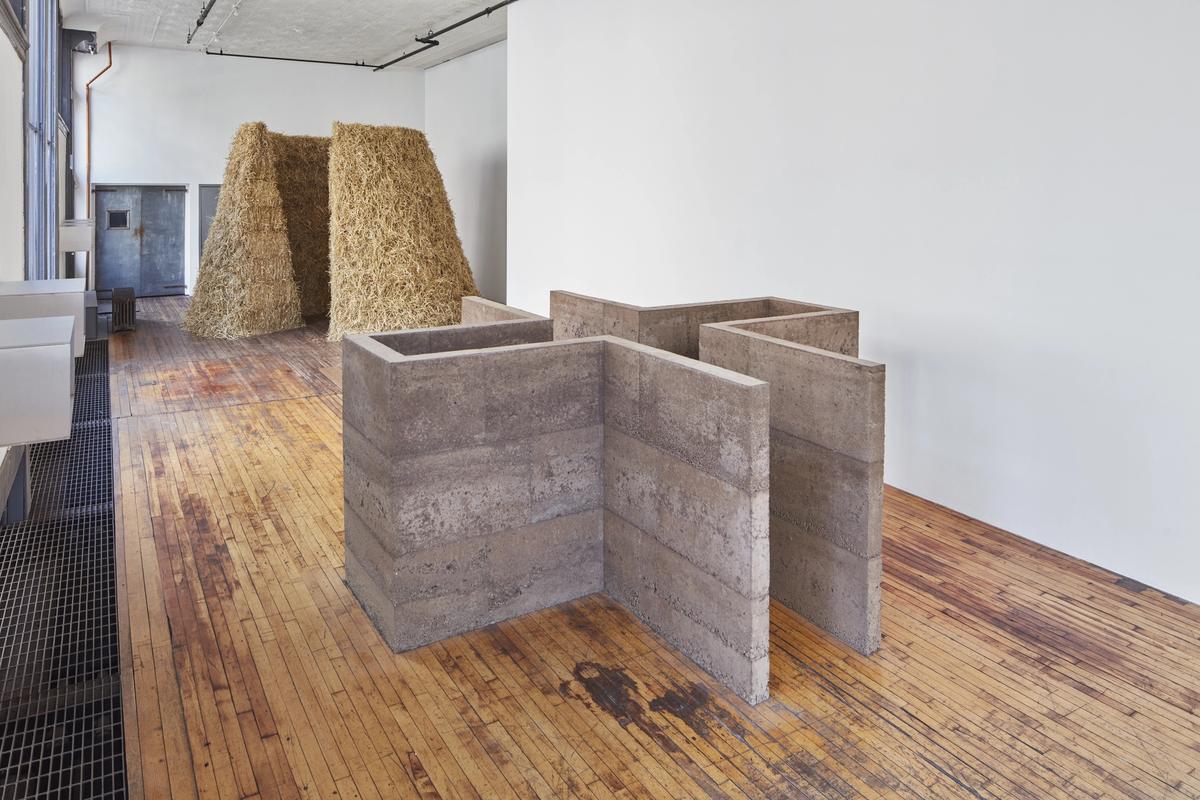Meg Webster: Two Walls 1984/2022
Until 21 May at the Judd Foundation, 101 Spring Street, Manhattan
The Judd Foundation has recreated a historical exhibition by the artist Meg Webster comprised of two monumental works first shown in 1984 at 101 Spring Street, Donald Judd’s storied former residence and studio. A protégé of the artist Michael Heizer, Webster centres scale in her practice and often amalgamates or creates pieces solely with organic materials. The works visually (and olfactorily) engulf the senses; the concentric piece Long Gates, a geometric sculpture intended to parallel the height of Judd’s own permanent works on the ground floor, and Soft Broch, a megalithic structure that drowns out the Soho street noise when entered, were made from packed earth and twigs. The show recreates the phenomenological experience Webster envisioned nearly four decades ago in a renewed context; whereas she once described the works as biophilic “mating pieces” that also encouraged people to gather, creating a conceptual buffer to the then-looming threat of nuclear war, she believes their presentation now can prompt reflection on the climate crisis and mass extinction.
Zak Kitnick: The Weather
Until 8 May at Clearing Gallery, 396 Johnson Avenue, Brooklyn
The American artist Zak Kitnick juxtaposes a series of neon paintings with minimal sculptures in this exhibition. The neon works, mounted on aluminum boxes, take both sinuous and geometric forms, conceptually reflecting the years and seasons in their colour and structure, according to the artist. These pulsating works are paired with a series of free-standing wooden sculptures that hold various minimal aluminum vessels of the same form but in various volumes, appearing to be immaculately and measuredly arranged, leading to works that reflect the nine months of an academic calendar. The artist often emphasises seriality and the soothing act of pattern-making in his work, creating strikingly experimental pieces from relatively simple progressions of forms.

Michelle Stuart, Area-Sayreville, New Jersey 40-30 Latitude 74-30 Longitude Specimen Fragment Sample of Earth Showing Impression of Rock Forms, Location-Views Between East and South East Corner Of Quarry site, Date-July 26th, 1976 2:30 PM (1976). © Michelle Stuart. Courtesy Galerie Lelong & Co., New York.
Michelle Stuart: The Imprints of Time: 1969-2021
Until 26 March at Galerie Lelong & Co., 528 West 26th Street, Manhattan
It’s the last week to see this career-spanning presentation of works by the pioneering American artist Michelle Stuart. Since the 1960s, Stuart has developed a visual vocabulary rooted in astronomical, archaeological and cartographical references. This compelling show includes gridded sculptures, paintings, photographs and several “rubbings”, or works she made by pulverising and imprinting the earth from locations like mines and quarries onto muslin-mounted paper. Her ephemeral earthworks, or what she has described as “drawings on the landscape”, are represented in several archival pieces in the exhibition, including some in which Stuart collaged slivers of rubbings made with earth from the Area-Sayreville Quarry in New Jersey with photographs of the human-ravaged site— which also provided the material and inspiration for her seminal work Sayreville Strata Quartet (1976) at Dia Beacon. The exhibition follows a major focus on the artist at the Armory Show last year that was jointly organised with Marc Selwyn Fine Art.


